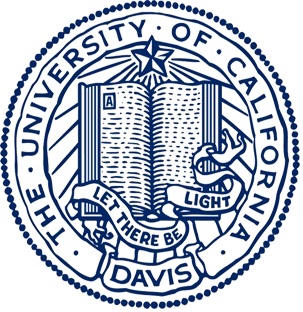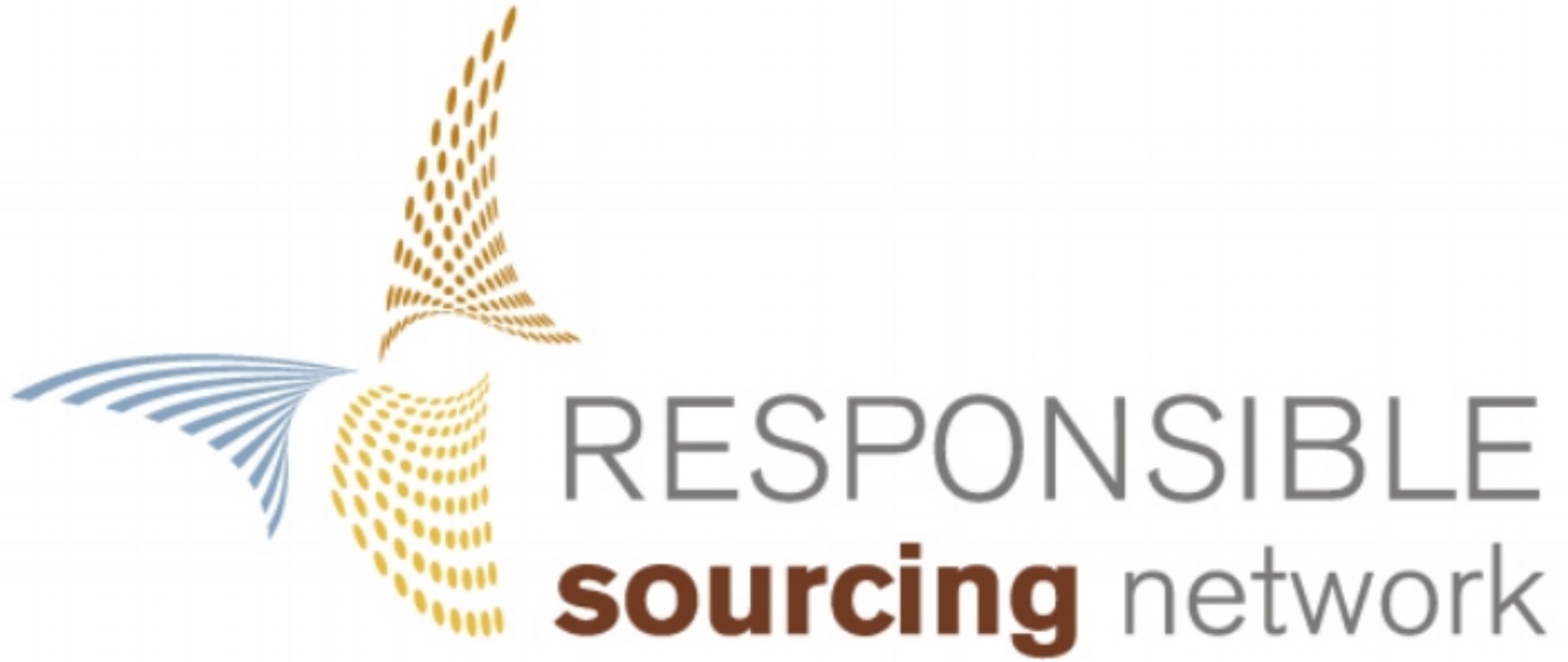Collaboration and Perseverance Pays Off

Patricia Jurewicz, Founder and Director of Responsible Sourcing Network (RSN), recently published Reducing Child Labor in Uzbekistan: Lessons Learned and Next Steps in the UC Davis Journal of International Law and Policy, Volume 21. The article is focused on the multiple efforts and various strategies many non-governmental organizations (NGOs), corporations, foundations, and other stakeholders implemented to greatly reduce forced child labor in the cotton fields of Uzbekistan.
The article underscores the remarkable achievement of almost completely eliminating the forced manual labor of children ages 7-15 to pick cotton. This decades-old exploitation has been orchestrated by the dictatorial Uzbek federal government throughout the entire country. RSN and other western stakeholders have been working to end this abuse since 2007 and are now turning their attention on ending the practice of forced labor of adults in cotton production in Uzbekistan, as well as neighboring Turkmenistan.
A few key highlights from the article:
- The Uzbek government’s practice of forcing children between the ages of 7-15 to plant and pick cotton was greatly reduced, starting with the harvest of 2012 and continuing through 2014.
- Approaches to replicate that contributed to this shift:
- Used multiple strategies;
- Coordinated activities;
- Placed stories in publications close to the location of the abuse and in international media;
- Involved international institutions and governments; and
- Made available sufficient multi-year funding for the various NGOs involved in the campaign.
- One of the next steps which RSN is focused on is establishing a verification system with yarn spinning mills so brands have assurance that Uzbek cotton is not entering their value chains.
Advocates committed to ending child labor in the harvesting and processing of other commodities can apply several or all of the strategies outlined in this article. Although the value chains of each good differ, they can all be mapped, with key points of leverage identified, and auditing systems established to move the market away from exploitative practices. If the energy and commitment of interested stakeholders can be coordinated, structured, and maintained over time, then eliminating this abusive practice worldwide is indeed possible.
The article is free to distribute and reprint with the citation: “Patricia Jurewicz, Reducing Child Labor in Uzbekistan: Lessons Learned and Next Steps, 21 U.C. Davis J. Int’l L. & Pol’y 191 (2015).” It is published on the UC Davis, Westlaw, and LexisNexis websites.
